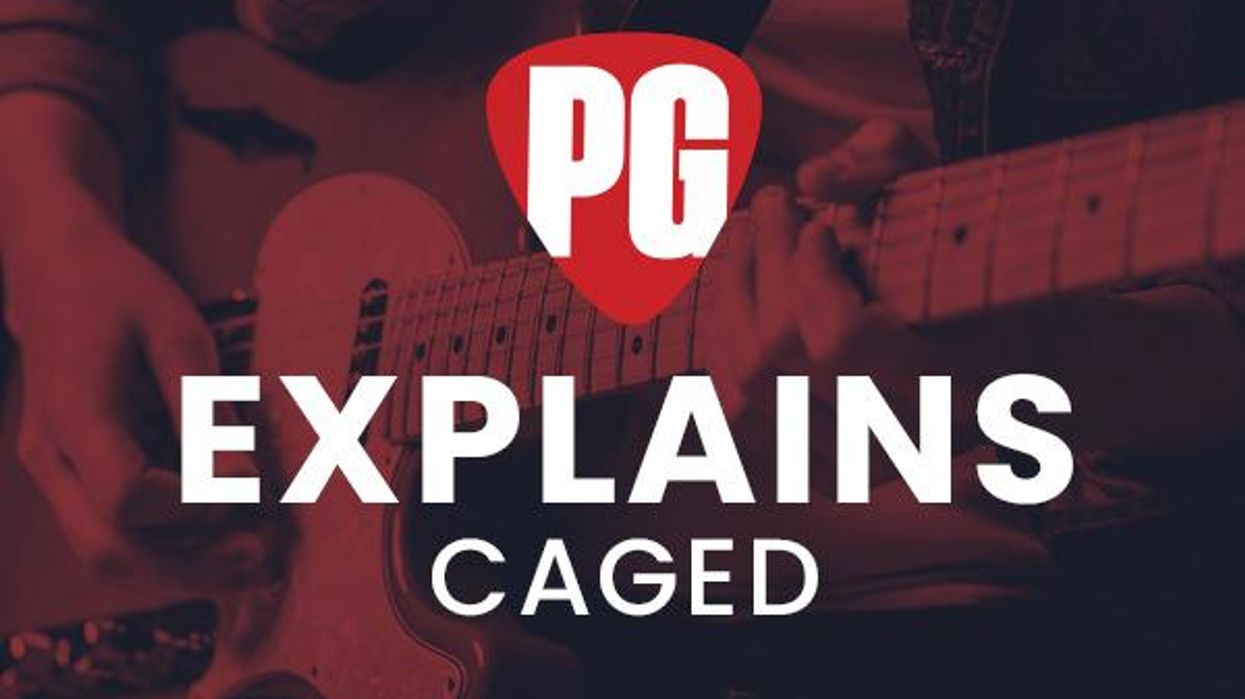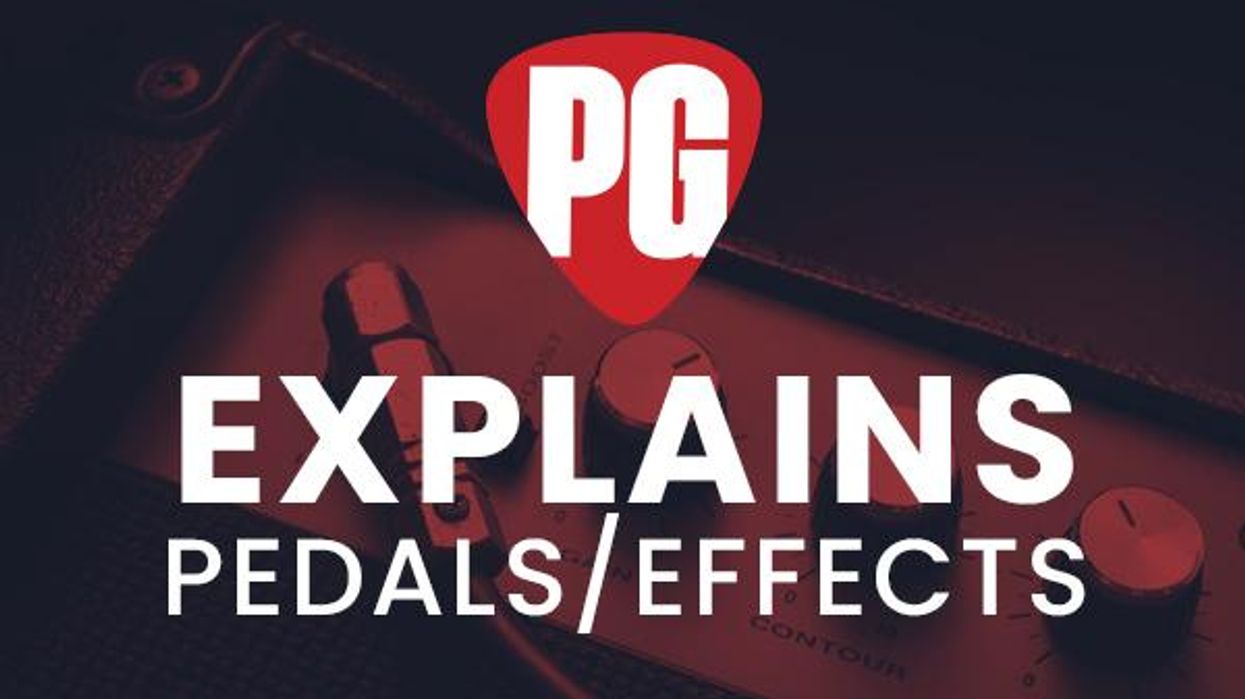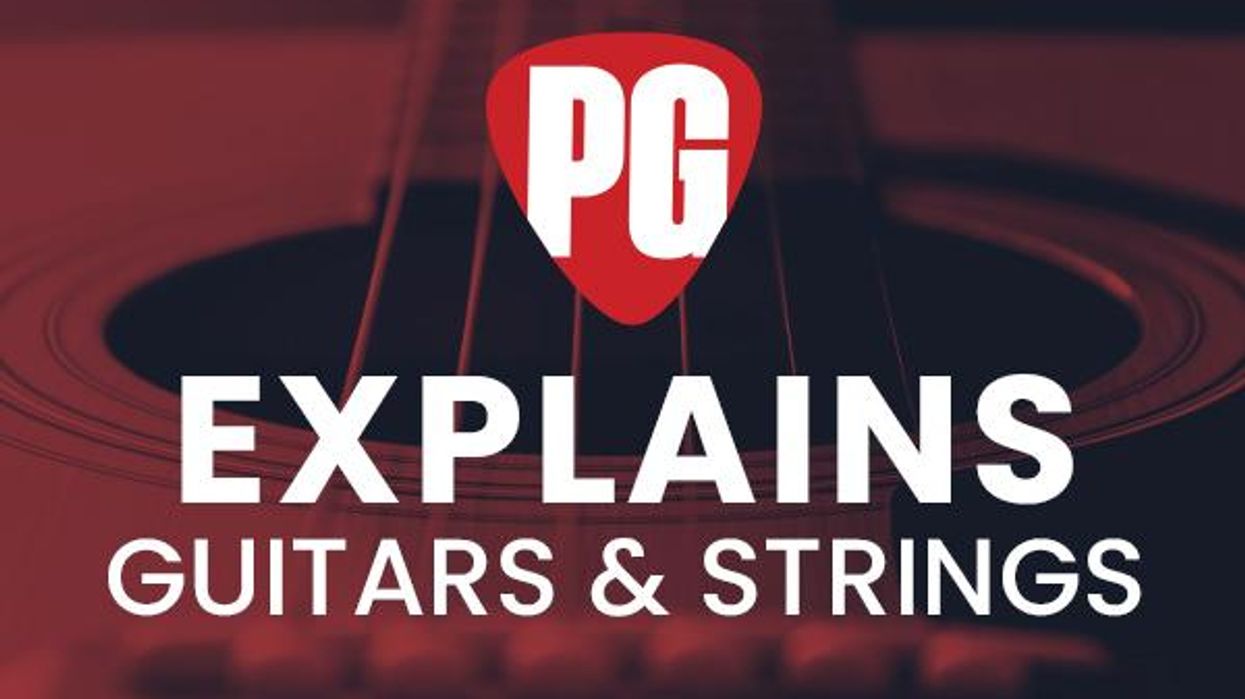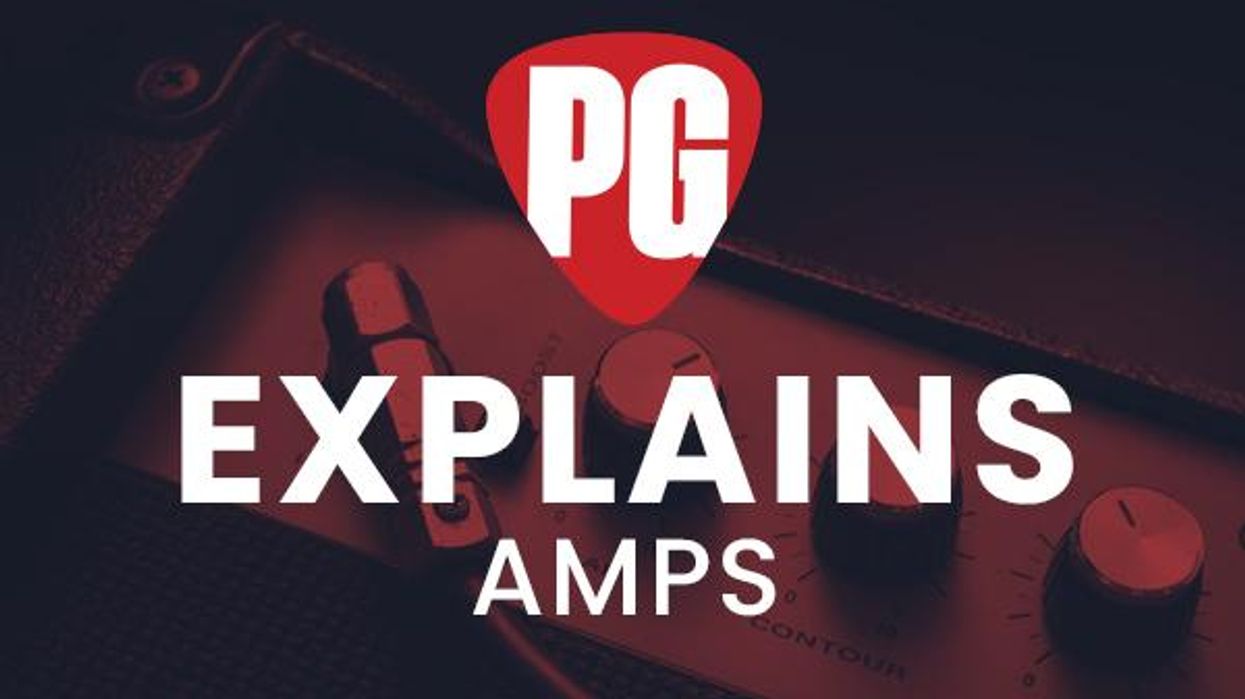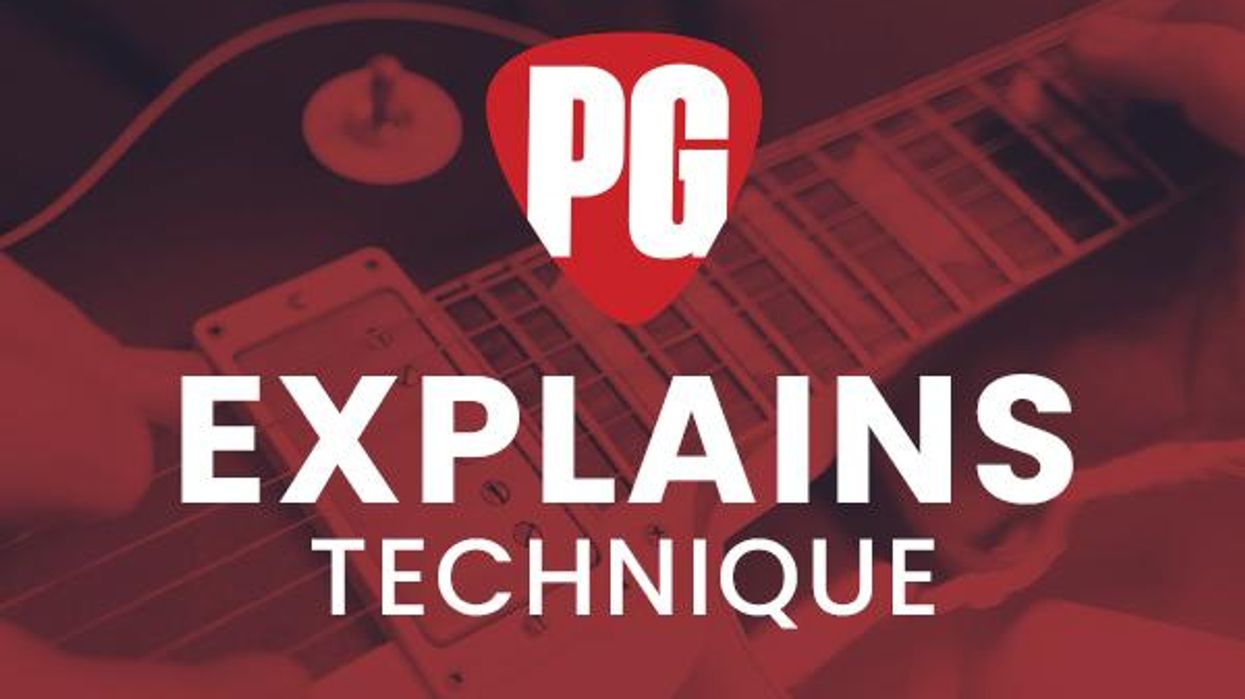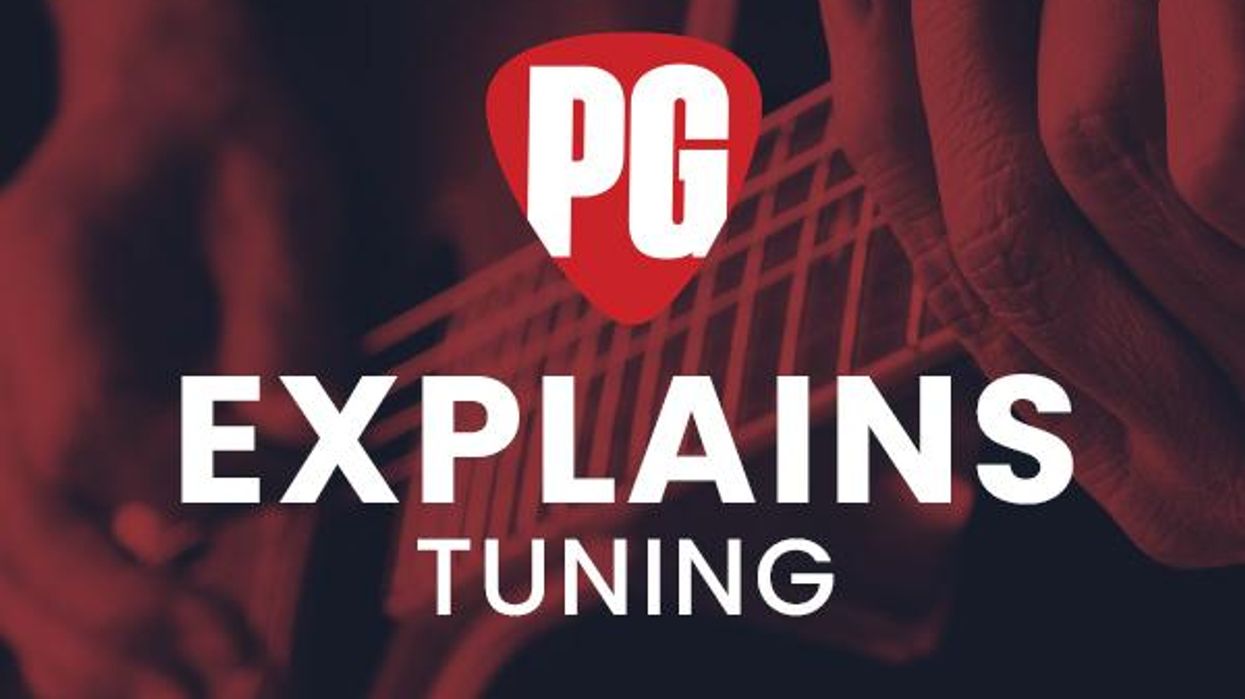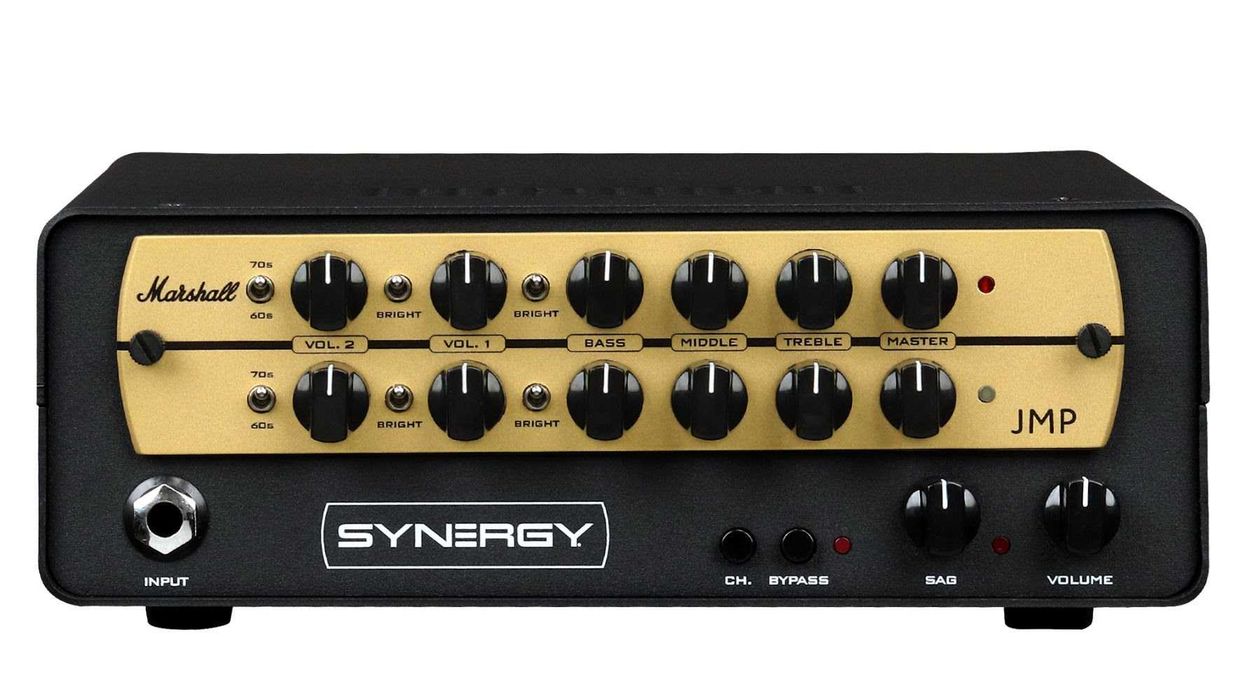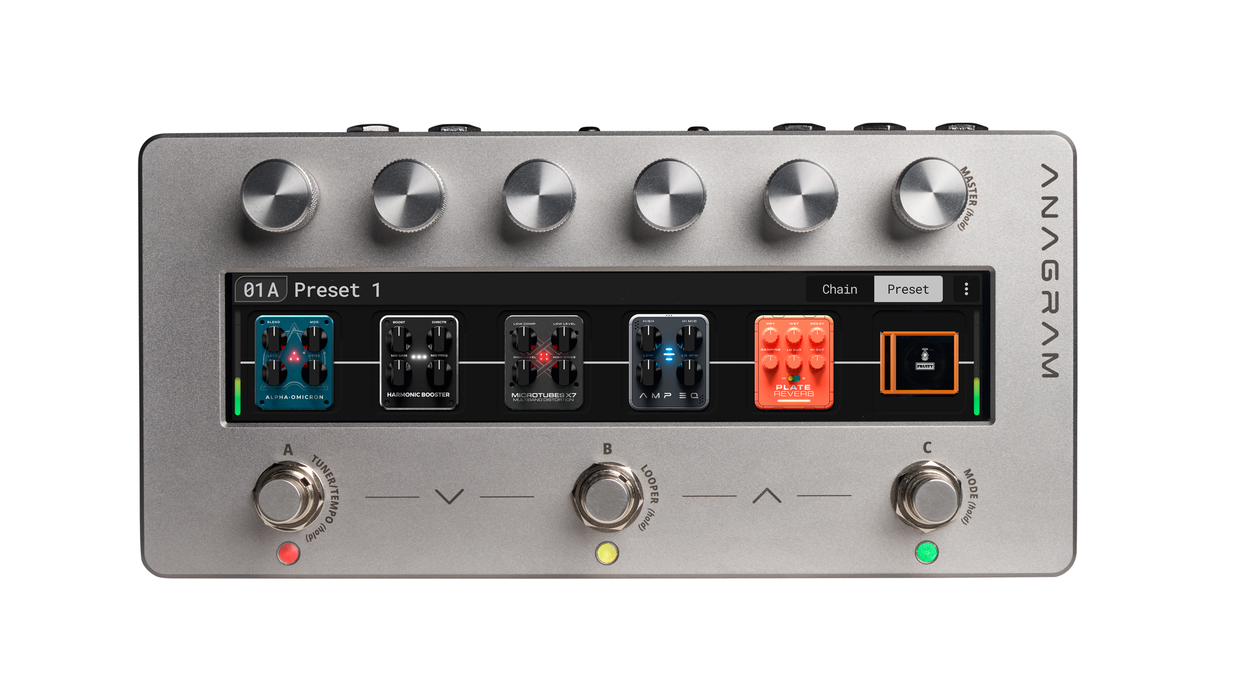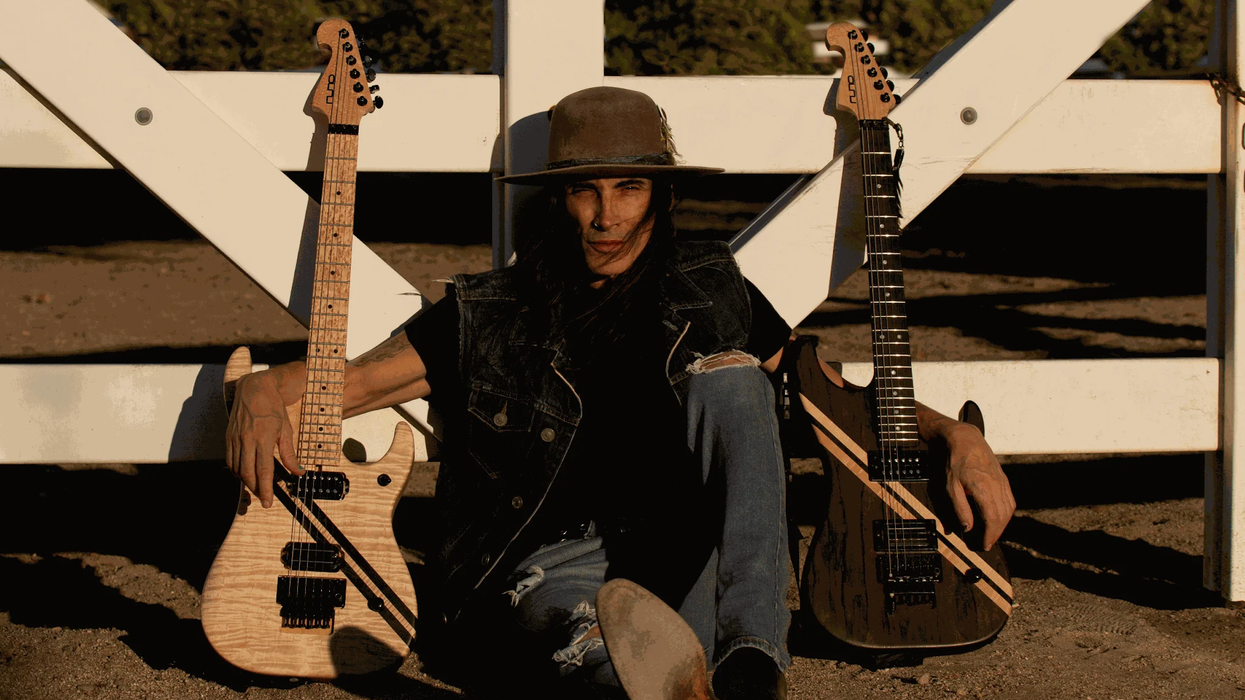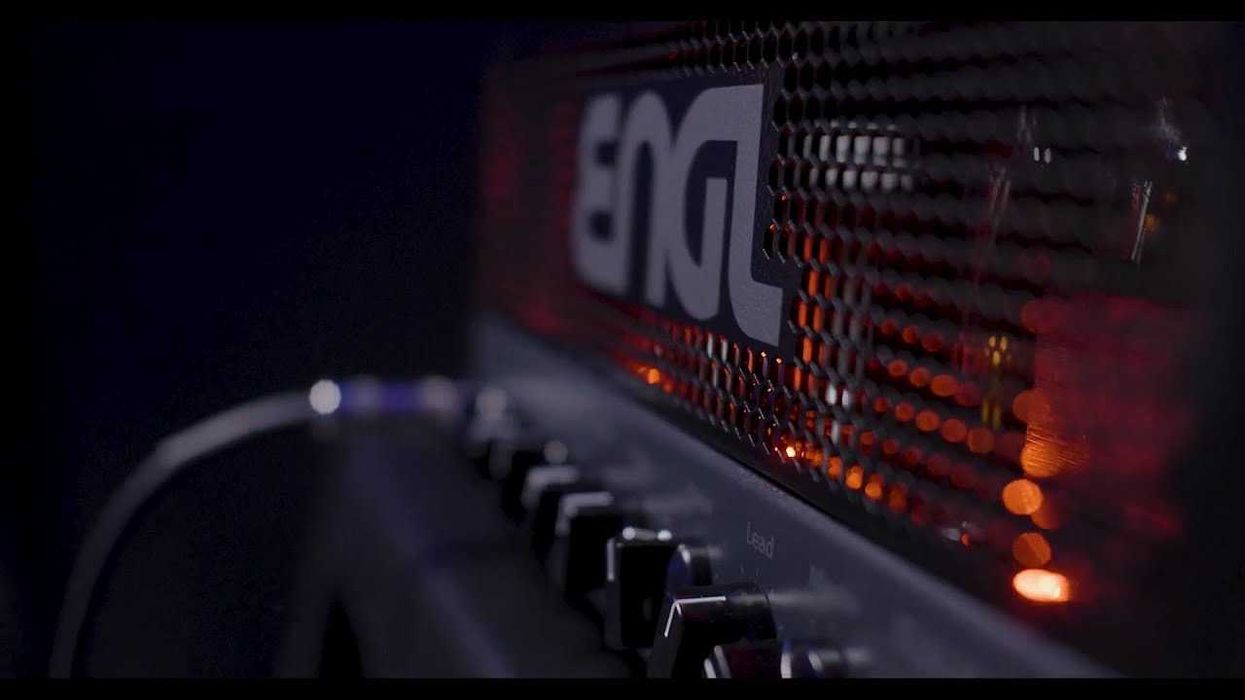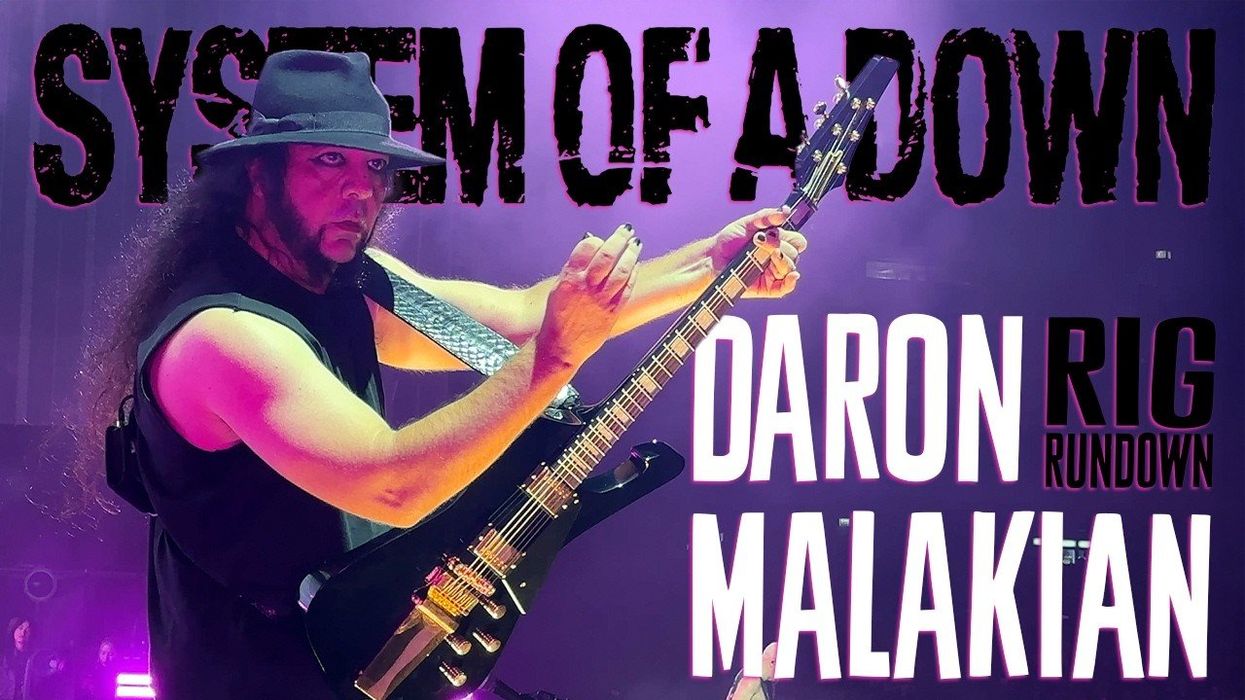Understand key facts and definitions of the popular CAGED guitar chord system with our simple guide.
What is the CAGED system?
The CAGED system is based on five chords—C, A, G, E, and D—and provides a way to organize a guitar’s neck into five different sections, which can be linked together to play melodies, major scales, and arpeggios across the entire fretboard. The shapes of those chords can also be used anywhere on the fretboard to play any major chord in any key.
Why is it called the CAGED system?
For starters, that name contains each of the five chords used in the system, but it also helpfully alludes to the order in which the chords connect up and down the neck.
Is the CAGED system hard?
If you can play basic C, A, G, E, and D chords, you’re essentially all set. It involves some manipulation and extra fingerwork to make the chords as you move up the neck, but you’ve already got the essentials.
Why is the CAGED system useful?
The CAGED system lets you create and explore different, unique chord voicings up and down the neck. It introduces new sounds to your repertoire, and gives you new ways to be expressive in your playing.
How is the CAGED system different from barre or power chords?
In the CAGED system, your index finger often forms a barre, mimicking your guitar’s nut in relation to your open C, A, G, E, and D chords. But while barre and power chords are discreet, individual units, CAGED chords link directly and logically to one another. They can also sound more dynamic and open than traditional barre or power chords.
Can you do the CAGED system in open tunings?
No, the CAGED system only works in standard tunings.
